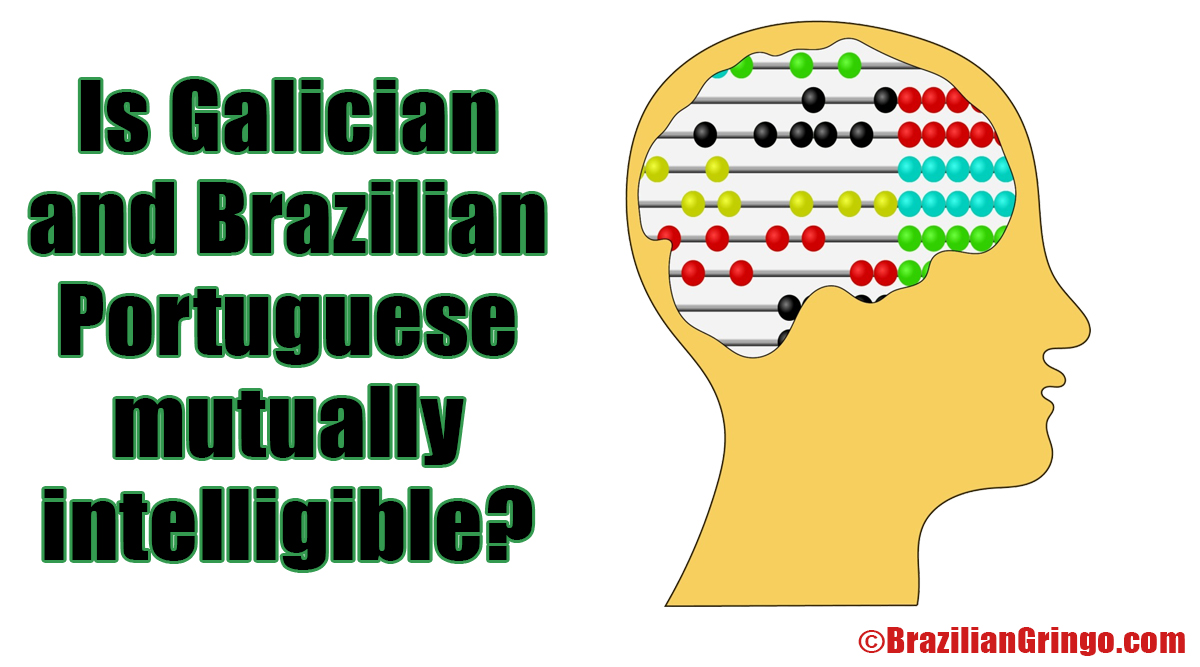Galician and Brazilian Portuguese are partially mutually intelligible, but there are also differences that can hinder full comprehension between the two languages:
- Galician originated as a Romance language derived from Latin that is closely related to Portuguese. It shares many lexical, grammatical and phonological features with Portuguese.
- Brazilian Portuguese developed differently than European Portuguese due to geographic isolation and influence from indigenous languages. However, its core vocabulary and structure remained similar to Portuguese.
- Speakers of Galician and Brazilian Portuguese can often understand written texts in the other language without prior study, especially if topics are familiar. Comprehension of spoken language varies more widely.
- Lexical similarity is high, with up to 80-90% of Galician and Brazilian Portuguese vocabularies being cognates. However, Brazilian Portuguese has incorporated more words from indigenous languages.
- Pronunciation differs significantly between the two. Galician phonology preserves characteristics of Portuguese before 17-1800s, while Brazilian Portuguese adapted new sounds.
- Grammar is largely congruent, but Galician maintains some extra conjugations and pluralization rules not present in Brazilian Portuguese.
- Idioms, slang terms and regional vocabulary not shared between Portugal/Galicia and Brazil can impair communication.
So in conclusion, while mutual intelligibility exists at a basic level, full comprehension between Galician and Brazilian Portuguese speakers requires effort due to pronunciation disparities and language change over time separating the regions. Prior study aids the process enormously.
Josh Plotkin Changed status to publish August 25, 2023
